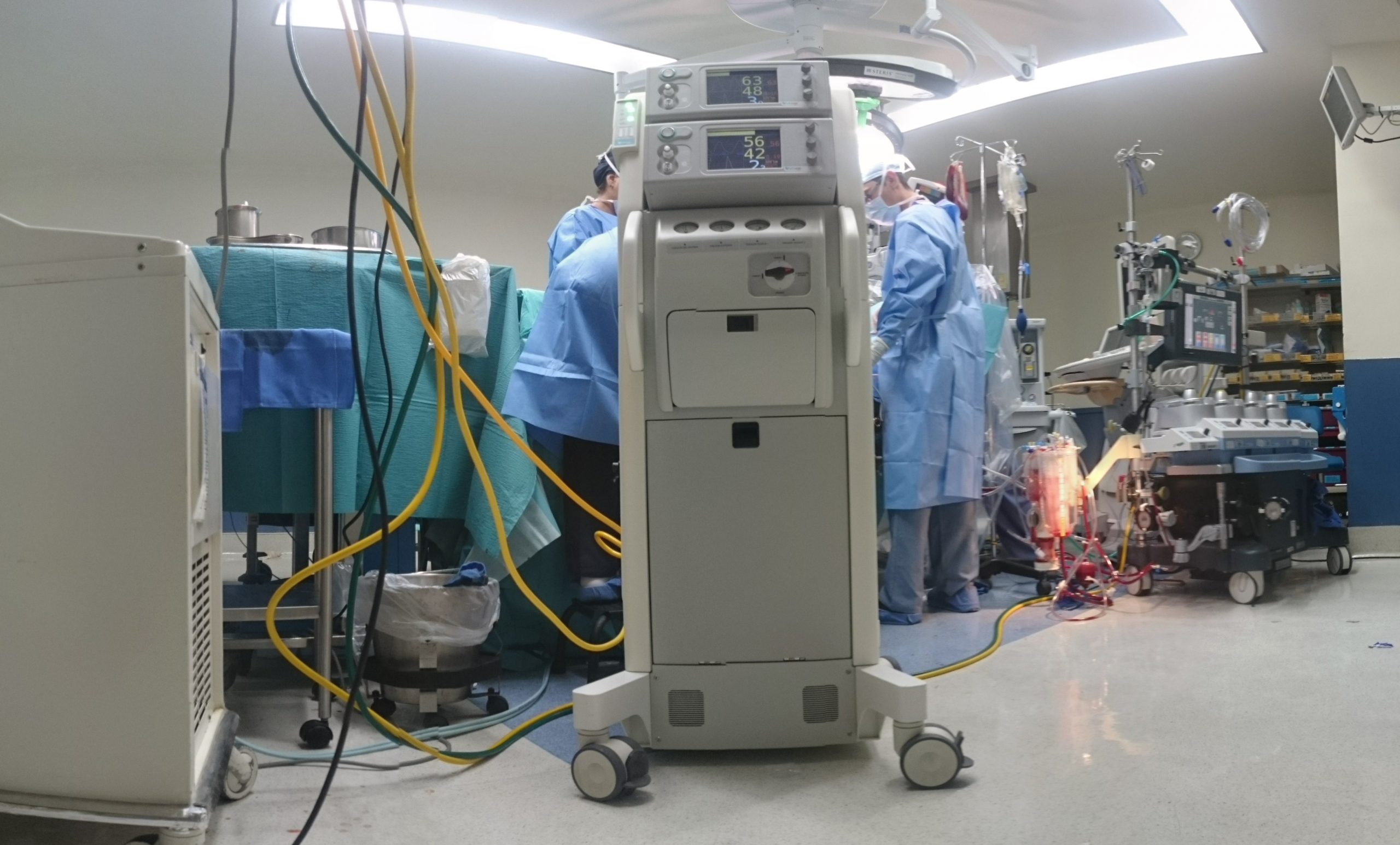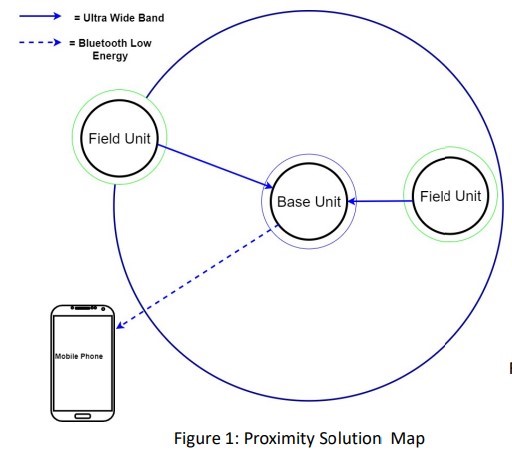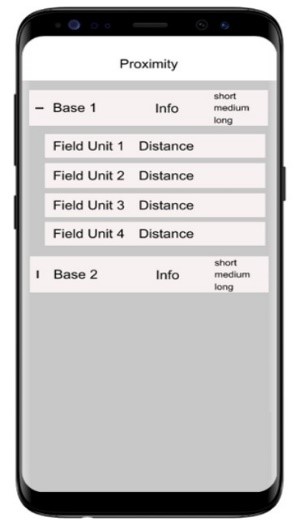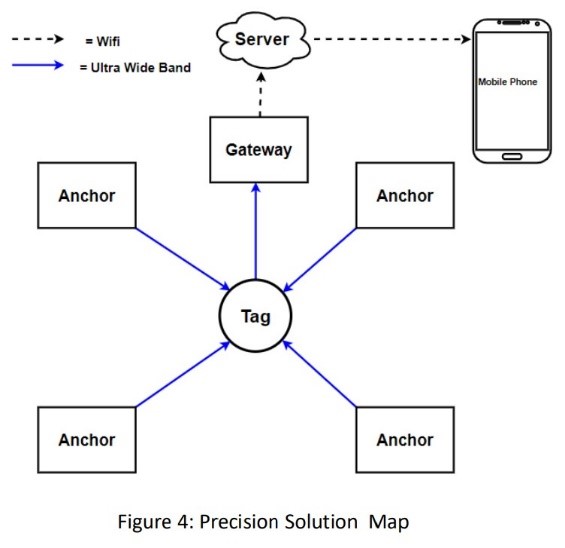
Asset tracking is a powerful answer to modern problems in inventory, logistics and more. It saves time and money when, say, a construction company needs to locate its heaviest bulldozers, tool sheds, and portable toilets to ship to a new work site. Once the hospital they’ve been contracted to build is in operation, asset tracking solutions can help medical staff save lives by locating and provisioning beds, ventilators, and other essential equipment quickly.
For many asset tracking markets and applications, the more precise the asset tracking system, the better. For example, knowing vaguely what parking structure you left your car in downtown may not be all that helpful but pinpointing it within a six-inch tolerance is very useful. Achievement of such accuracy, was enough to warrant the “Most Outstanding” commendation for the senior design team work, sponsored by DornerWorks at Grand Valley State University’s 2020 Virtual Design Conference.
The senior design team of James Barnard, Evan Czechowicz, Kelly Myers, Nolan Rochon, Vincent Skorupski created a functional prototype for two asset tracking solutions based on the existing trilateration technology created by Decawave. The proximity solution relies on Ultra Wide Band (UWB) and Bluetooth Low Energy (BLE) to locate Field Unit devices, either worn by an individual or attached to other objects. The precision solution relies on a grid of anchors that enable UWB trilateration within a building’s Wi-Fi network to locate tags affixed to objects.
A mobile application for both solutions was developed using Xamarin, and both solutions initialize through a Bluetooth setup process.
Here’s how they work.

The proximity solution involves a Base Unit worn by a single individual who wants to keep track of multiple Field Units.
According to the senior design team, “[The] Field Unit devices are intended to be worn on people or objects that require monitoring of their general distance within a zone. Depending on the situation, alerts can be enabled for cases if the tracked unit is leaving the desired zone or if it nears an off-limits region. ”
According to DornerWorks Chief IoT engineer Greg Nowak, this solution could be used to trigger door locks as an authorized person approaches or sound an alarm if someone gets too close to a dangerous object. Alternatively, it could be used to trigger an alert when a tagged object is removed from an area.
“One might imagine these assets as high value assets in your inventory, or even used at daycares and nursing homes to alert a caretaker or teacher when someone leaves the area,” Nowak says.

A single PCB design accommodates both unit types. The person holding the Base Unit can use a mobile application to locate and find the distance to field units within range.
The Base Unit can be renamed in the app. Users can also customize how alerts are triggered when Field Units leave or enter an adjustable tracking zone. Various tracking zone distances can be saved and cycled through on the base unit from a button.
“This solution was tested to accept input of field units within 3 differing radius’ of a base unit for proximity sensing,” the senior design team writes.
Enclosures for the Base and Field Units are made of rugged ABS plastic. They fasten tightly, can be clipped to a belt, and provide easy access to the removable battery. Buzzers on each unit can be triggered to sound when the units are taken in or out of a tracking zone.

The precision solution helps someone using the mobile app to track the general location of assets within a building.
“The solution uses ultra-wide band to track an asset within a room, but switches to Wi-Fi to communicate information over to a server for tracking within a building on a single floor,” the team writes. “The precision solution was tested to be accurate within 6 inches of actual location with a grid setup of anchors (or position sensors) in a single room.”

With anchors affixed to walls throughout two floors of a building, a user can locate any one of the tags attached to objects in that area. That data is sent from a gateway device in the building to a server. Users can upload floor plans to improve the experience, adjust the ping rate, or add, remove, or re-position anchors.
This solution could help a company like a hospital keep track of its heavily used equipment, reduce the time it takes to locate it, and know if the equipment has left a designated area, Nowak says.
Senior design projects like this offer engineering students the opportunity to work on real-life projects that can make a difference in the world. At DornerWorks we’re thankful for the opportunity to work with the talented and creative engineers of tomorrow through GVSU’s Senior Design program. We are invigorated and excited by all opportunities to work with fellow engineers interested in solving problems and turning ideas into reality.
If you are looking to join an innovative engineering team, please visit our careers page and send us your resume.